Make Your Own PVC Pipe Survival Bow
At Outdoor Revival we’re always looking out for practical hands on how-to’s that we can share with our readers. This article from Joseph is a great one to try out. It has easy to source materials and straight forward instructions.
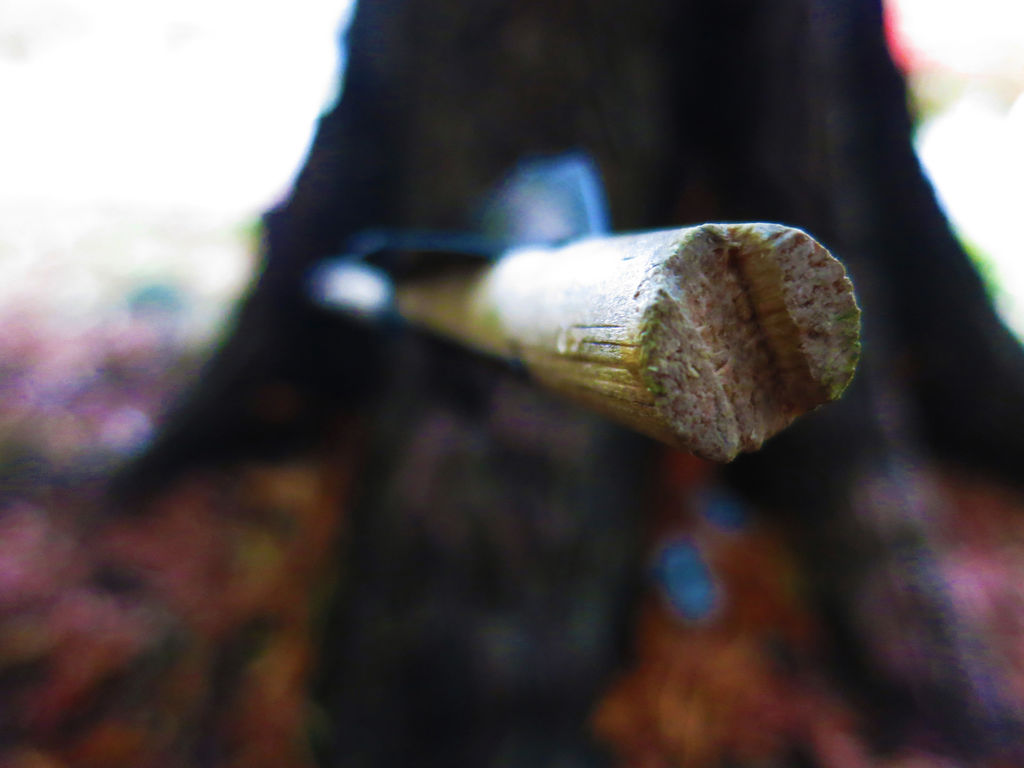
Warning! The bow made in this project is made using things you might find in a survival situation. The materials are obviously not the best quality and will shoot differently than other bows you might be accustomed to. Please get familiar with the bow before you shoot it around people. Be cautious when shooting the bow or you can seriously hurt someone or yourself.
Note: I will talk A LOT about safety. It might seem annoying but this is a lethal weapon and you have to be very cautious, or you might hurt others or even yourself. So if you get hurt, don’t blame me…
When man was first created, our only tools were our bare fists. Then there was the rock, the stick, and man’s first fire. Mankind kept learning and the evolution of tools continued until the bow was created. It’s capability to bring down enemies from a distance and its ability to be made without any knowledge of chemistry (which is needed in the making of gunpowder) made the bow a powerful asset to the array of tools man has created.
Of course, the evolution of tools didn’t end there; man eventually learned to create guns, and bows have become nearly obsolete. But occasionally, we resort back to this medieval weapon for fun or survival purposes. Whatever the reason, bows will never completely fade away.
In this project, I will be teaching you how to create a makeshift bow out of materials you might find in a survival situation. Keep in mind these materials aren’t the best, so the bow won’t be better than any bows professionally made.
This particular bow is made from a PVC pipe that I had lying around and some rope. The rope I used was strong enough to be able to withstand the bow’s strength, but that won’t be the case for every rope you find lying around. Just make sure your rope can sustain a lot of pressure.
My bow takes approximately 35 lbs to pull, but you can easily increase the draw weight using different methods. The bow takes about a minute to string and will last for a very long time. You can make many different versions of this design with different materials, but given the limited materials I had, this was the best I could make it. Get creative and see what you can do!
Step 1: What You Need
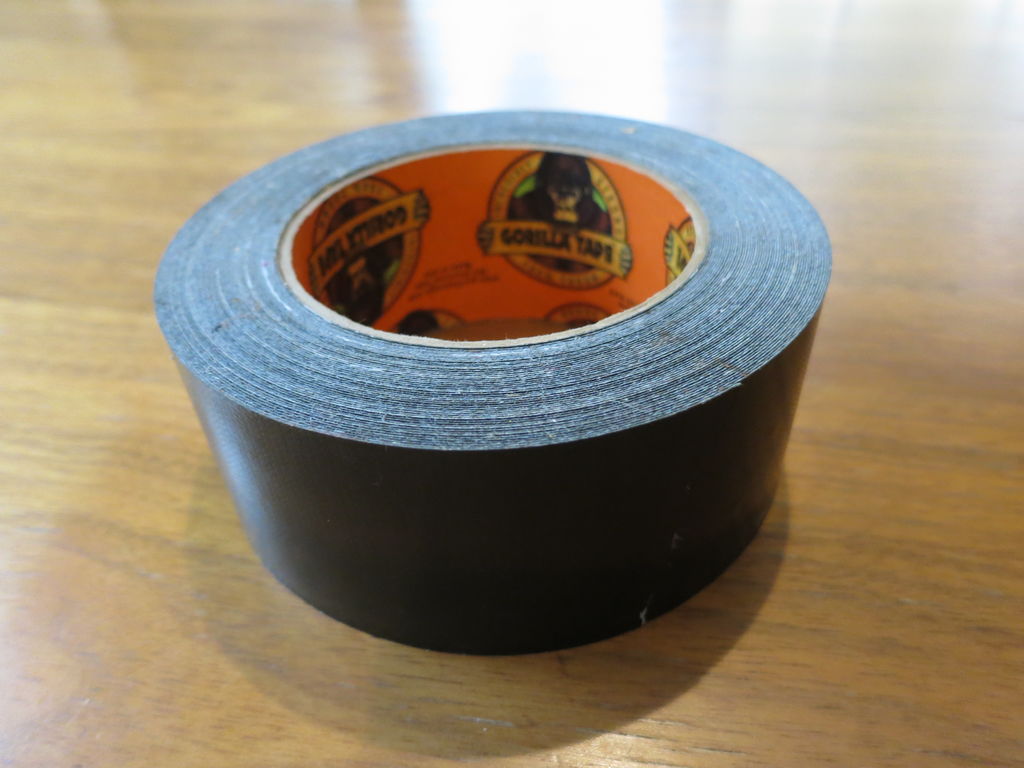
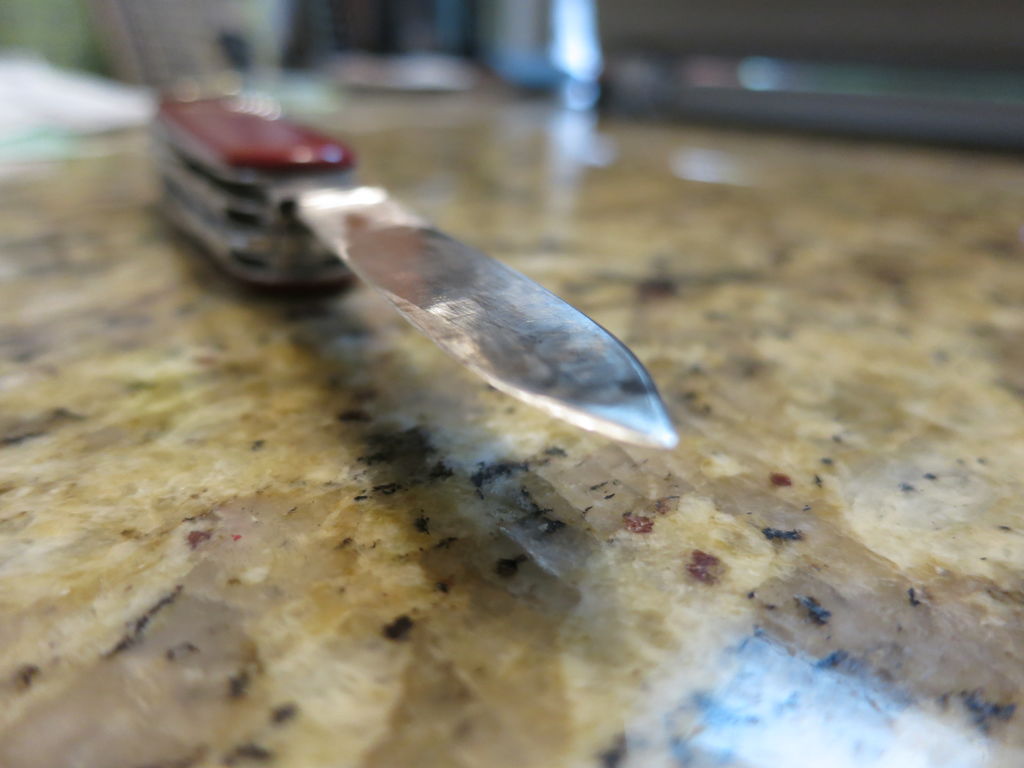
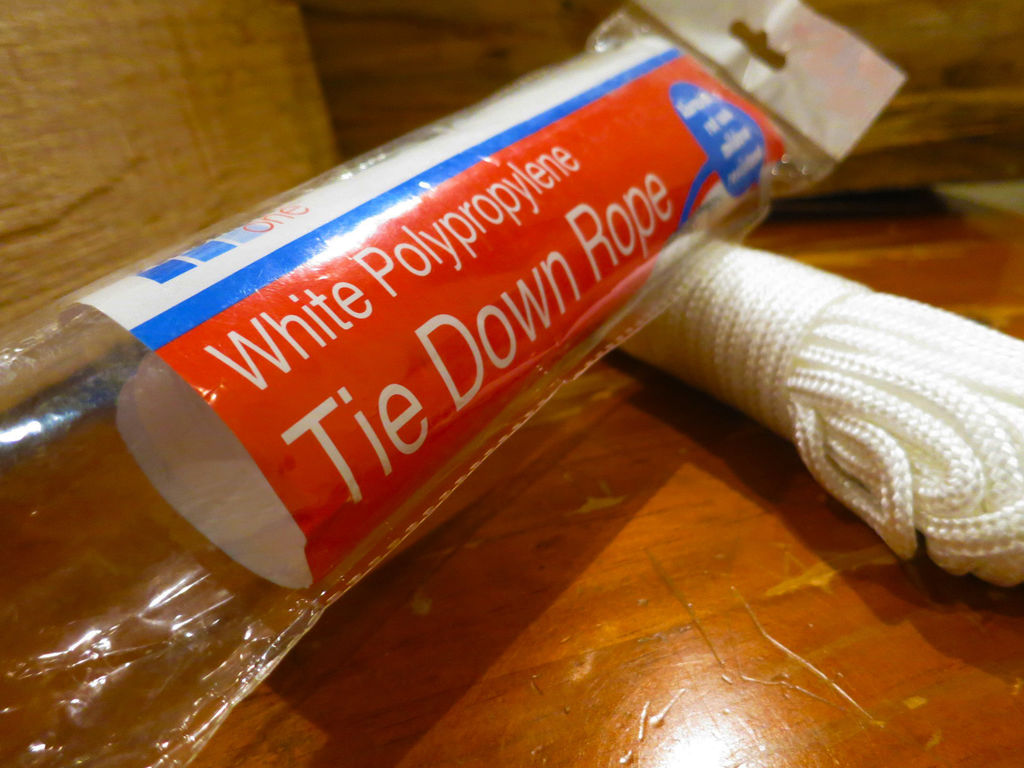
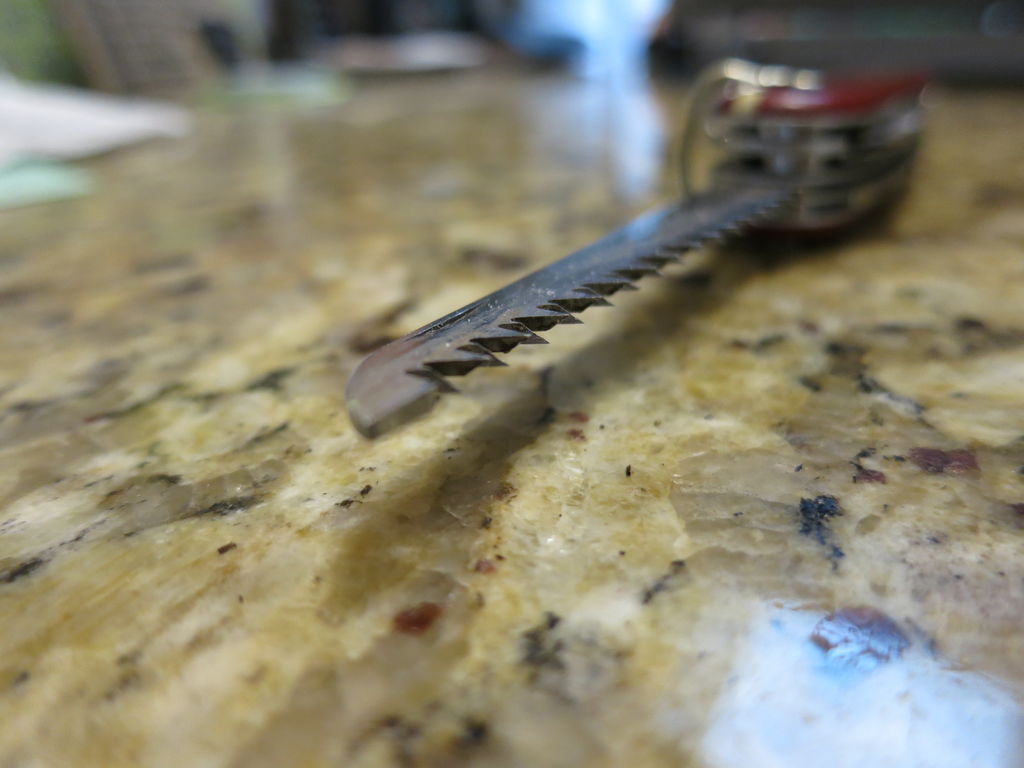
Tools:
- A knife.
- A serrated edge for PVC pipe.
- Muscles. Big, giant, large, muscles… or a friend.
Materials:
PVC Pipe, about 5′ long. If you’re in the apocalypse, you can find some covering wires on a telephone pole. If you aren’t living during the apocalypse, you can find some in a Home Depot.
Paracord or thin rope, 5′ to 6′ long. It has to be strong enough to withstand a lot of force, and it shouldn’t be flexible.
Straight sticks that are about 2′ 6″ – 3′ long and 3/4″ – 1/2″ wide (things like bamboo, garden supports, and rake handles that are whittled down to the correct diameter will also work).
Feathers or fletching substitute such as duct tape (3 per arrow).
Time: Approximately 30-45 minutes
Step 2: Making the Bow
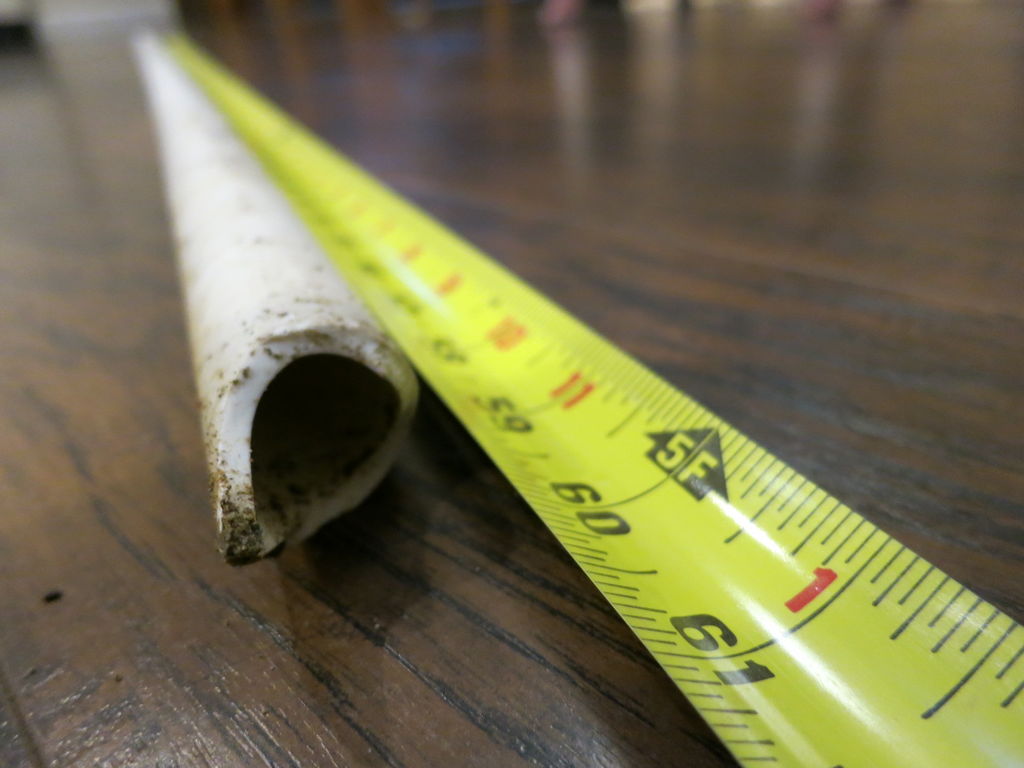
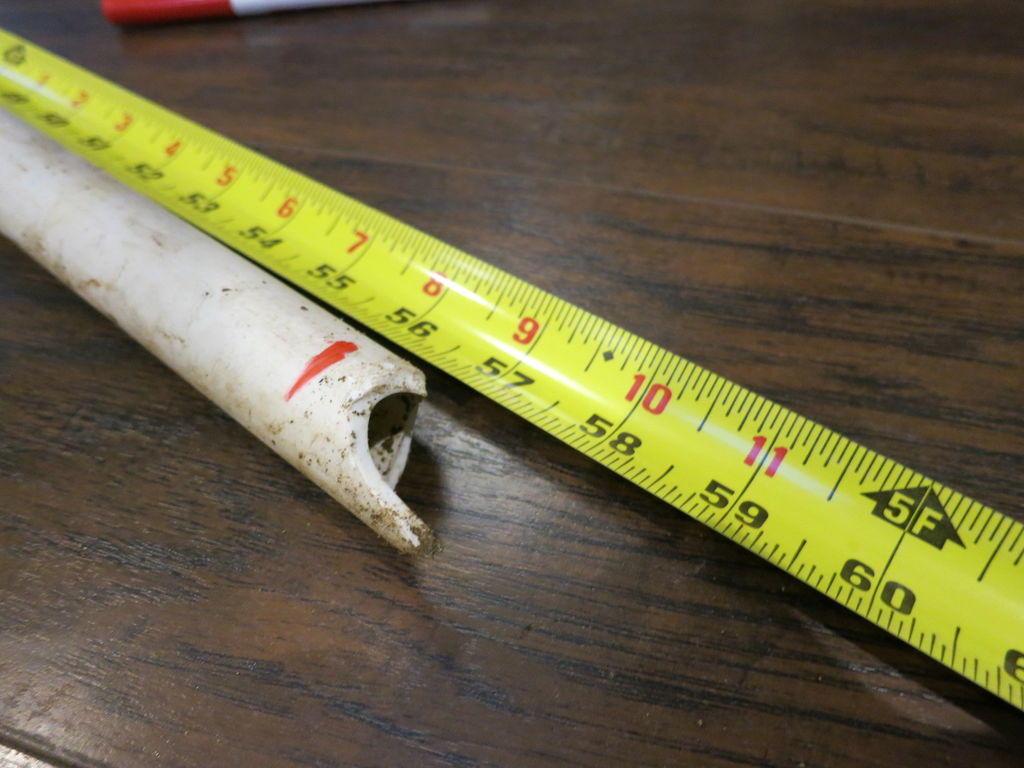
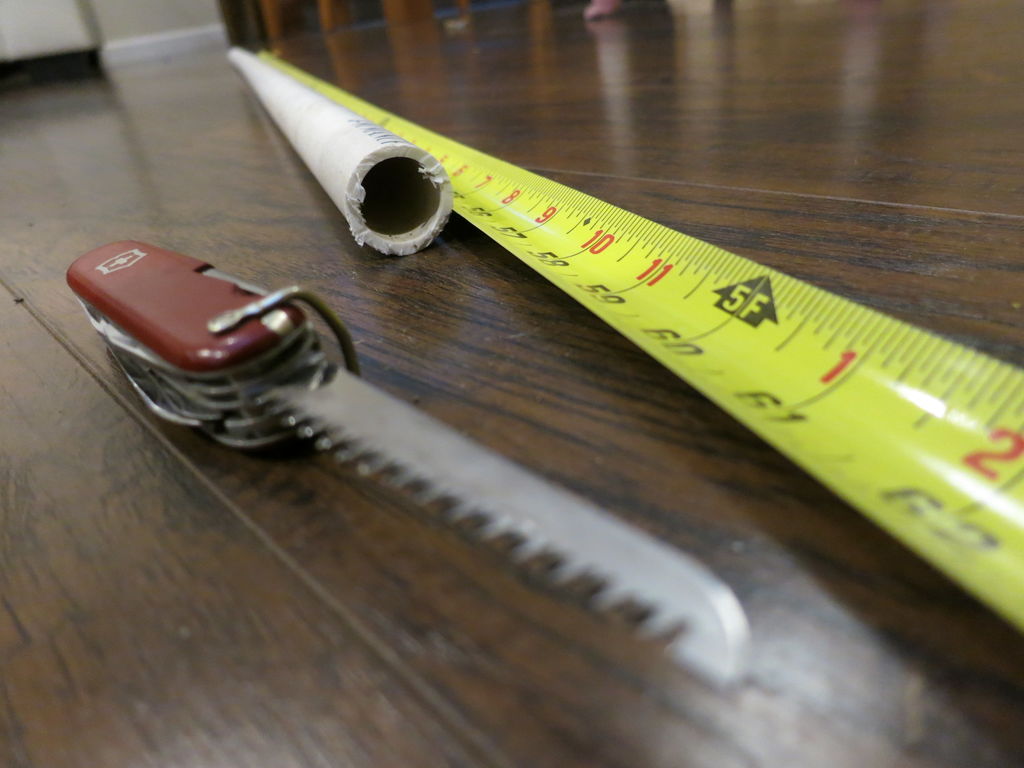
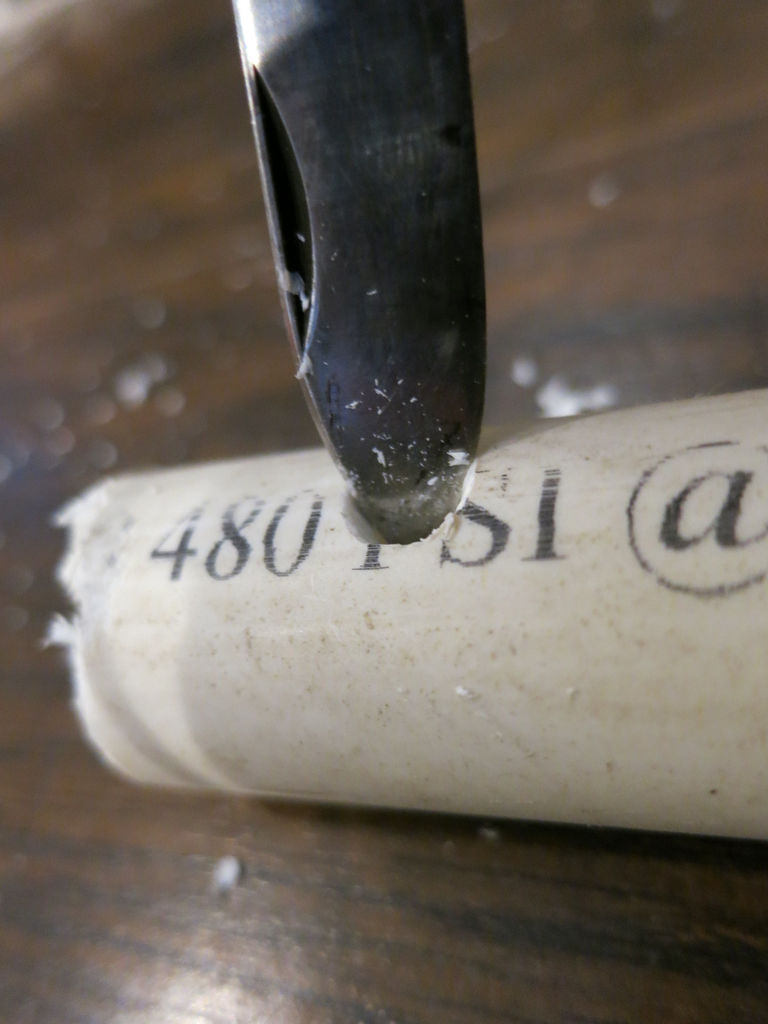
- Cut the PVC pipe to about 5′ in length.
- Measure where the middle of the bow is and mark it, this will help you later when you start shooting.
- Make a hole 1″ from both ends of the PVC Pipe. You can do this by putting the point of the knife where the hole is going to be and spinning the knife between your hands. Make its diameter large enough so your rope can fit through.
Step 3: Stringing Your Bow
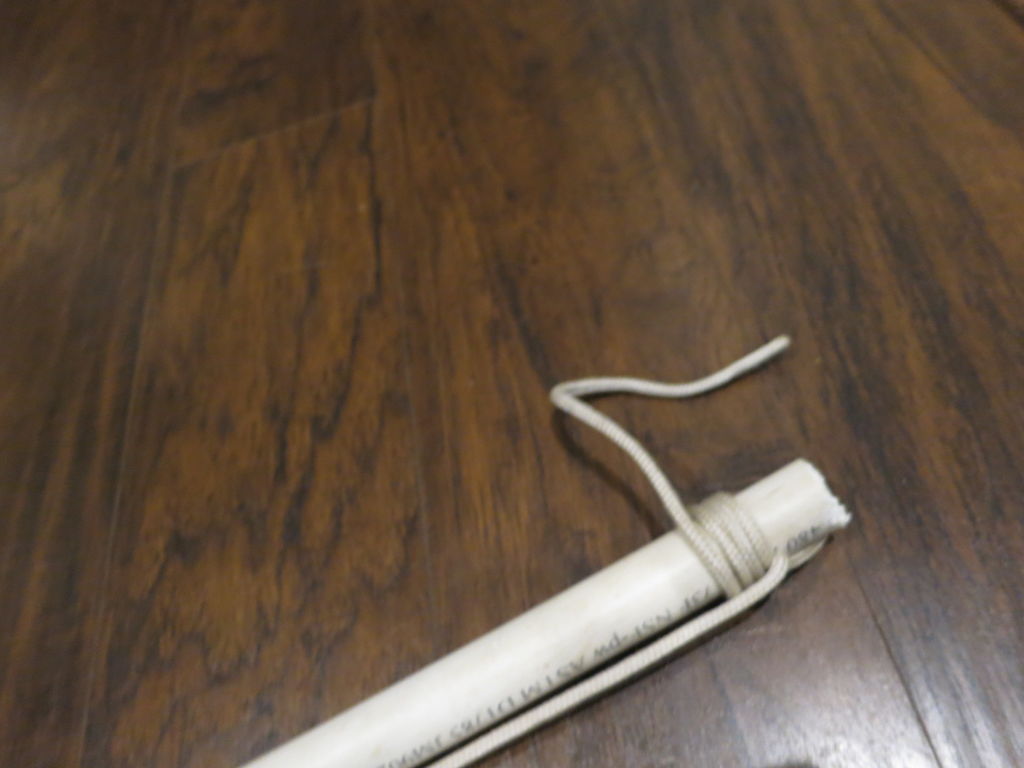
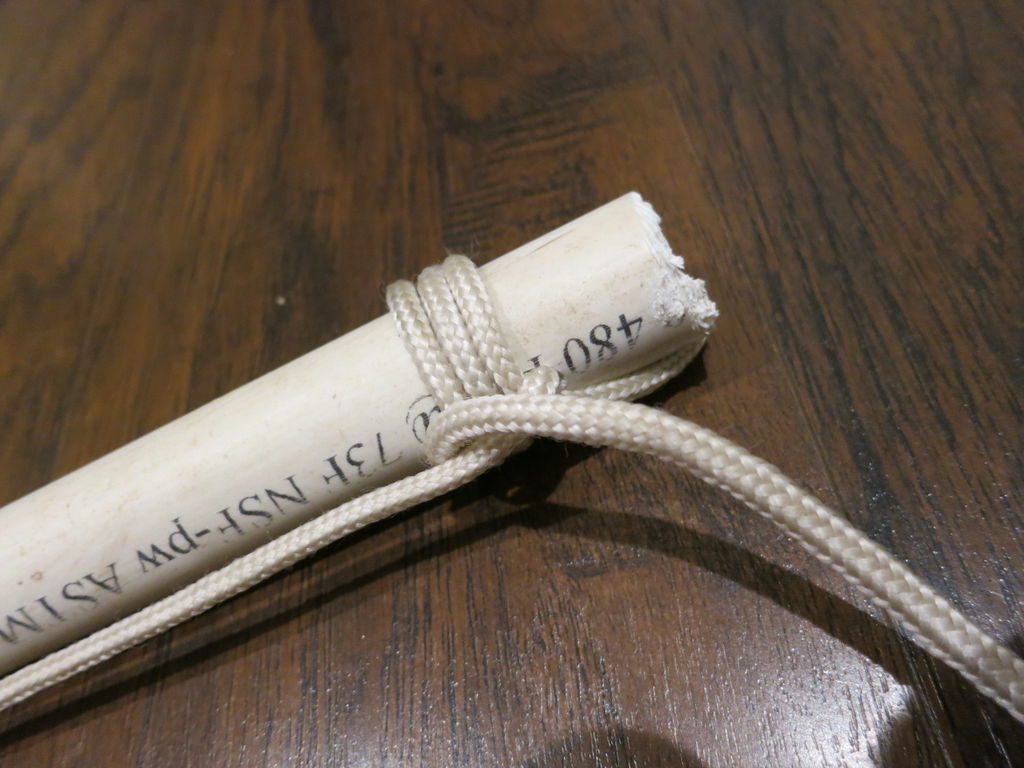
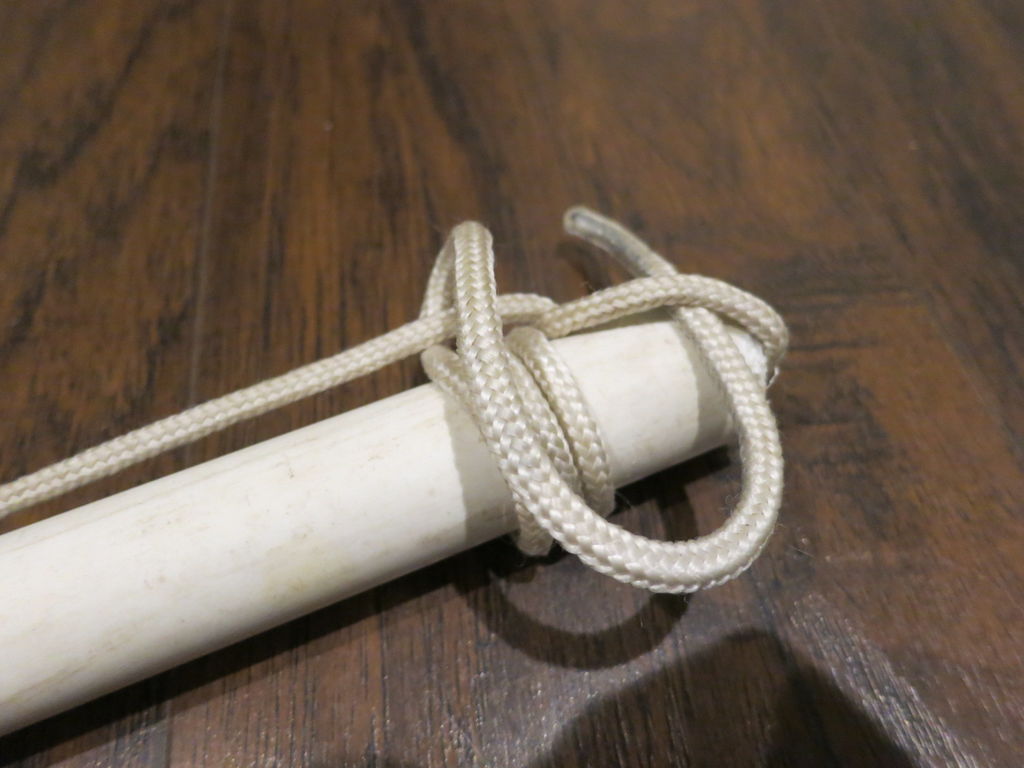
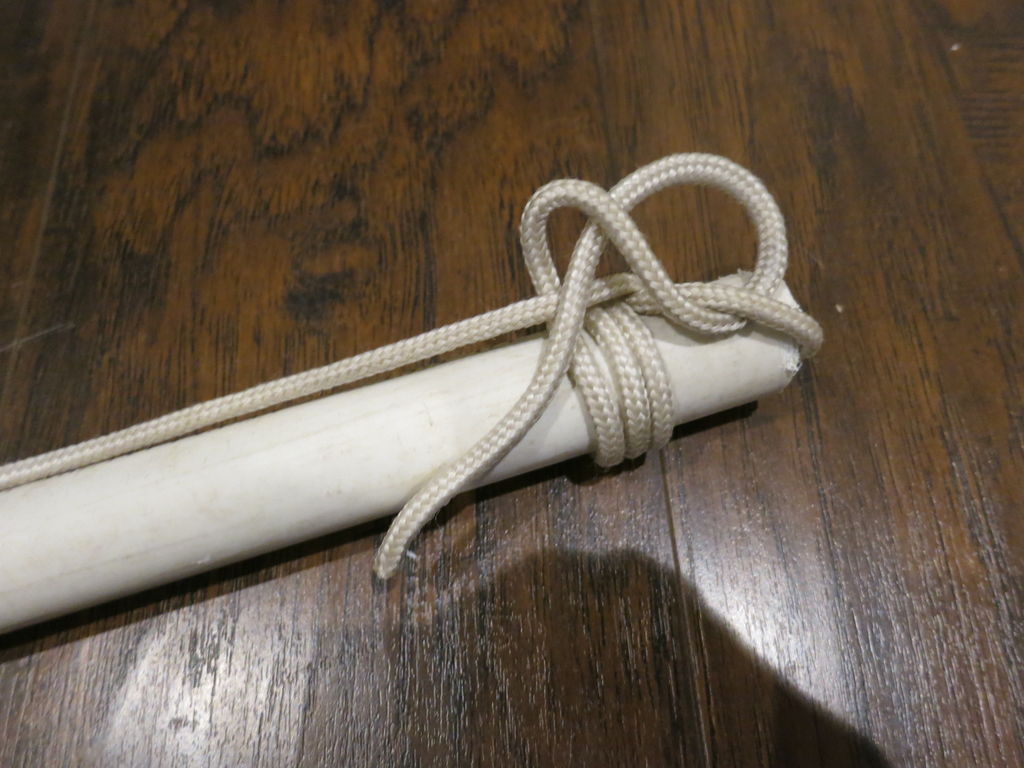
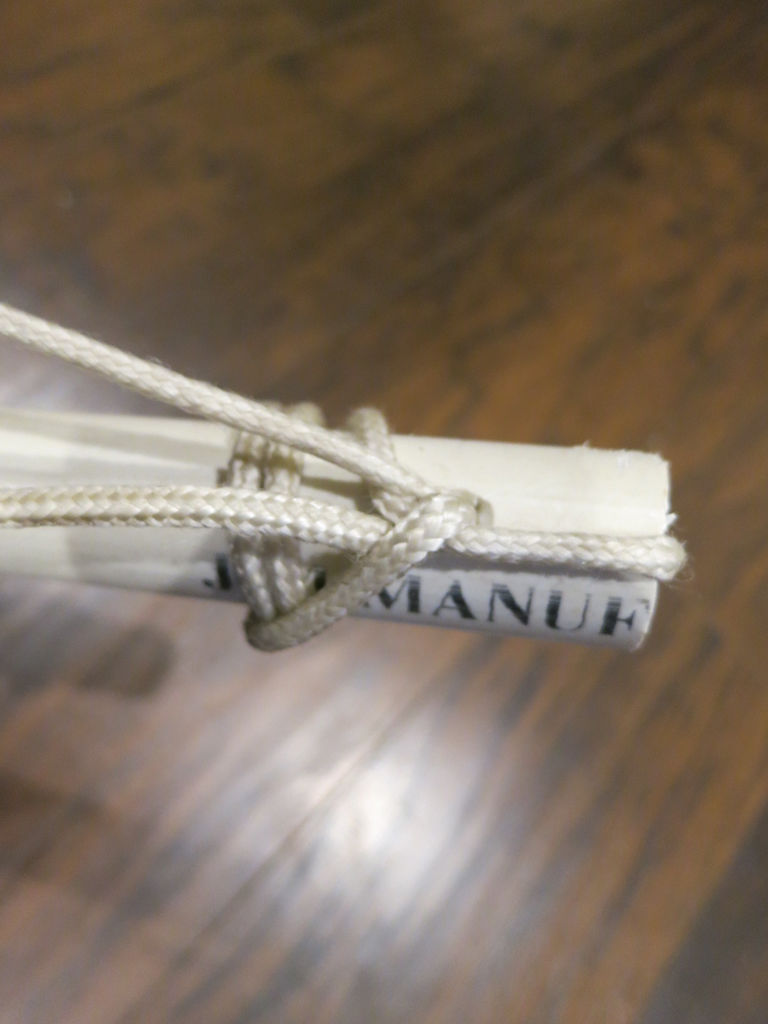
- Pull the rope through the hole, wrap it around the pipe three times and tie a knot.
- Pull on the rope and curve the PVC Pipe. This step may require some muscle depending on the material’s strength.
- While keeping the PVC Pipe curved, pull the rope through the other end and tie another knot.
Step 4: Making Arrows
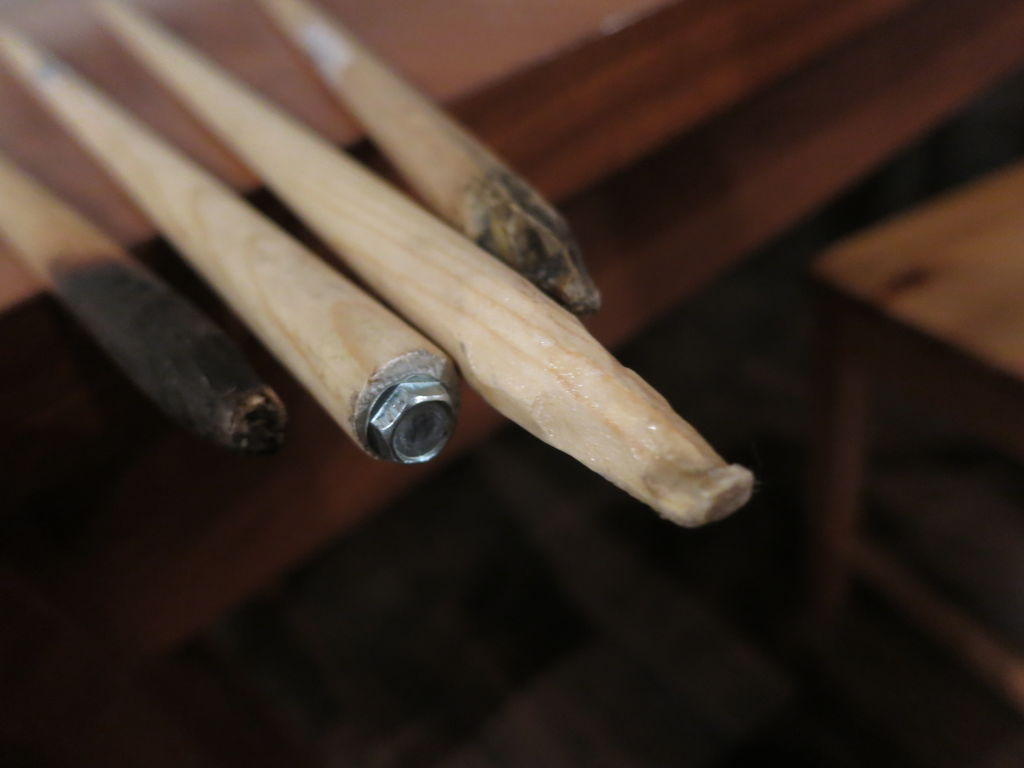
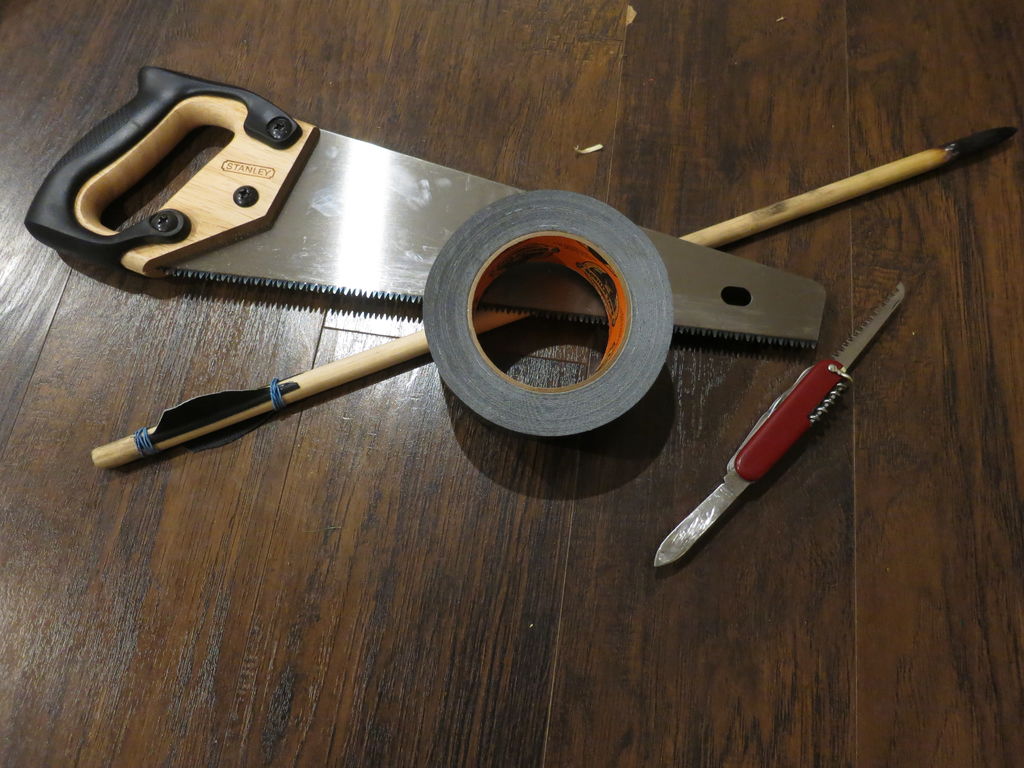
Step 5: Choosing the Stick
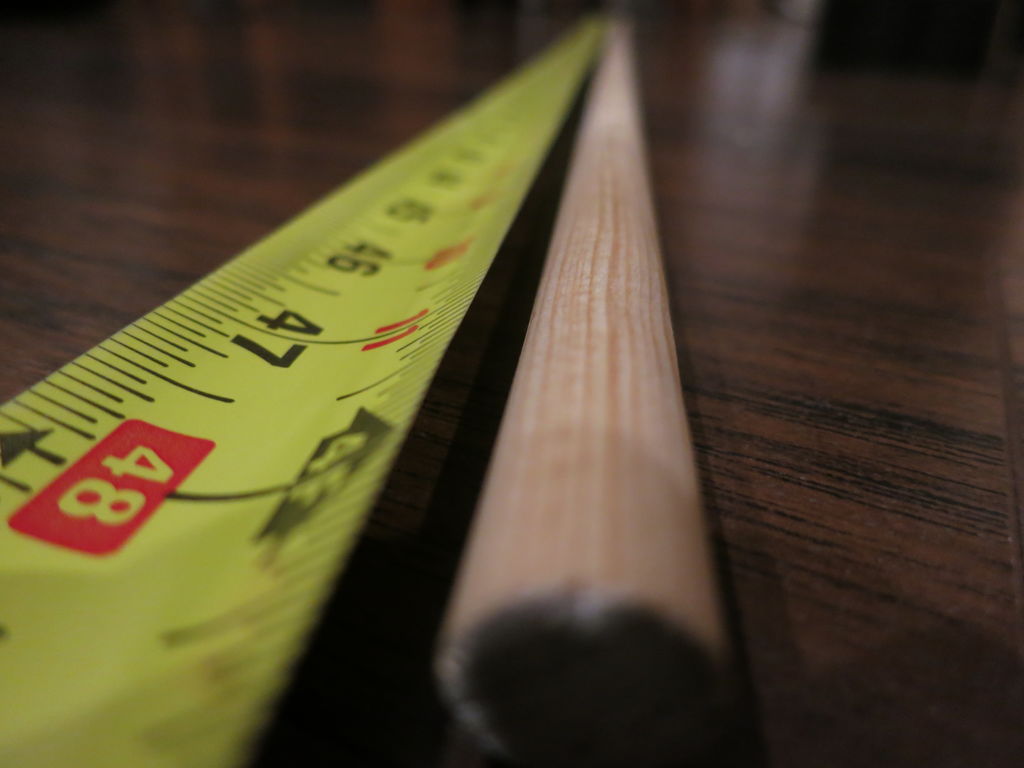

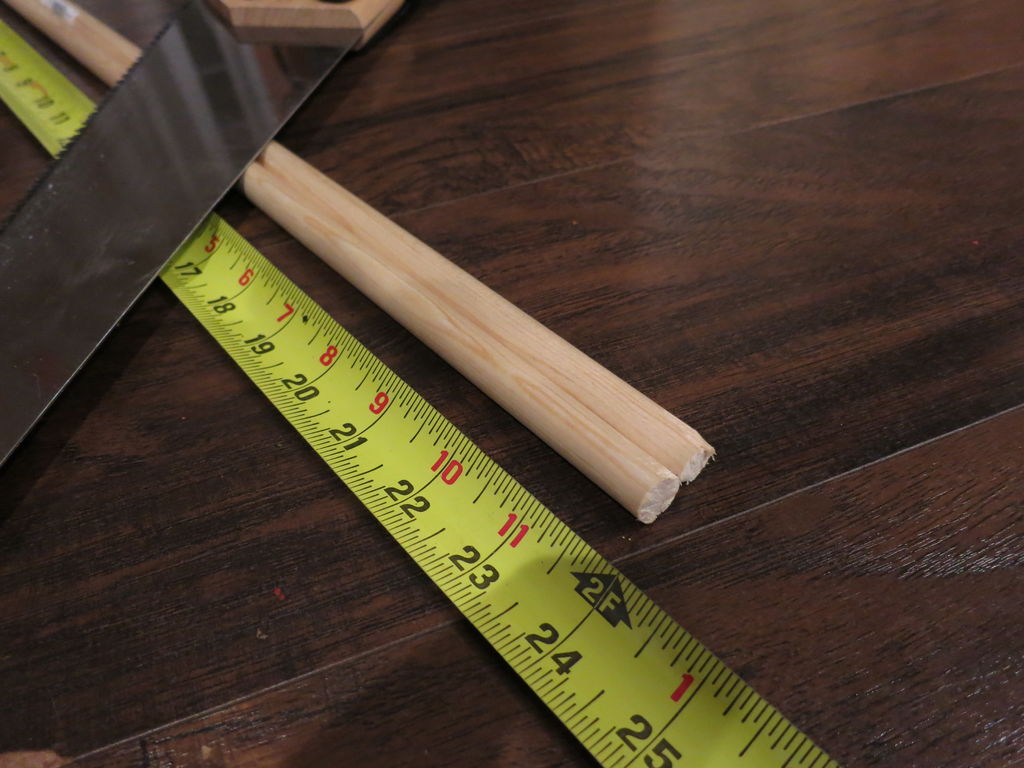
Of course, many of you probably wouldn’t be able to get a dowel during a zombie invasion. So an easy substitute is to find a straight sapling or a stick and carve it down to the correct dimensions and follow the same instructions as if you had a dowel.
I cut the dowels in half, making them into two 2′ pieces.
Step 6: Making the Tip
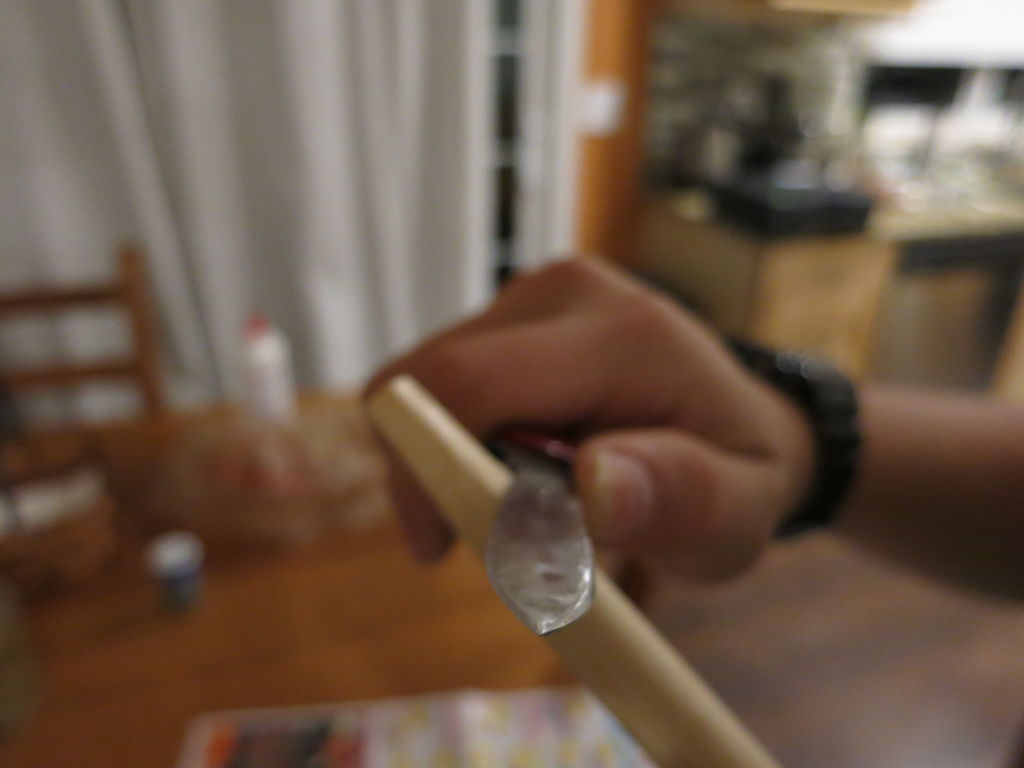
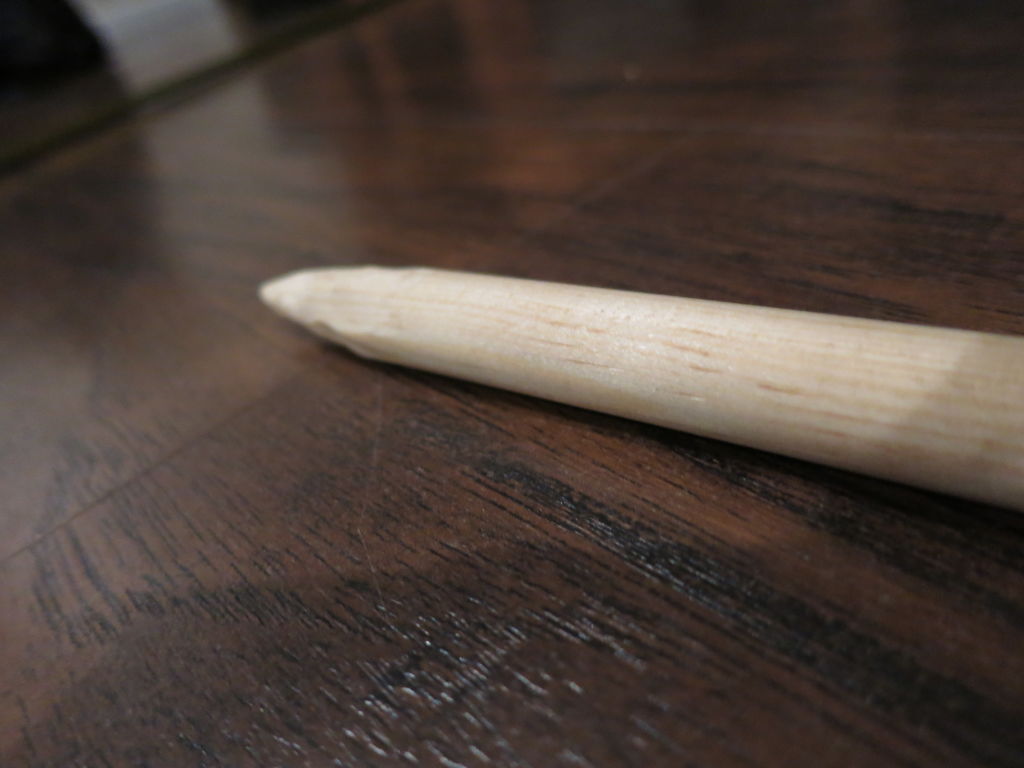
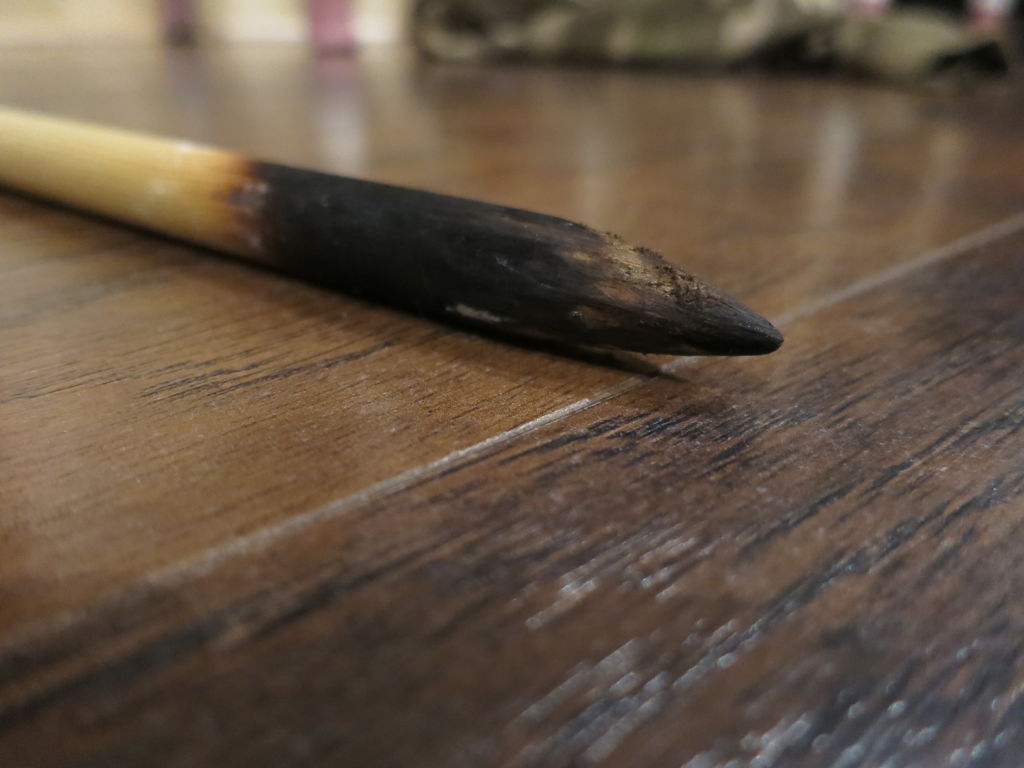
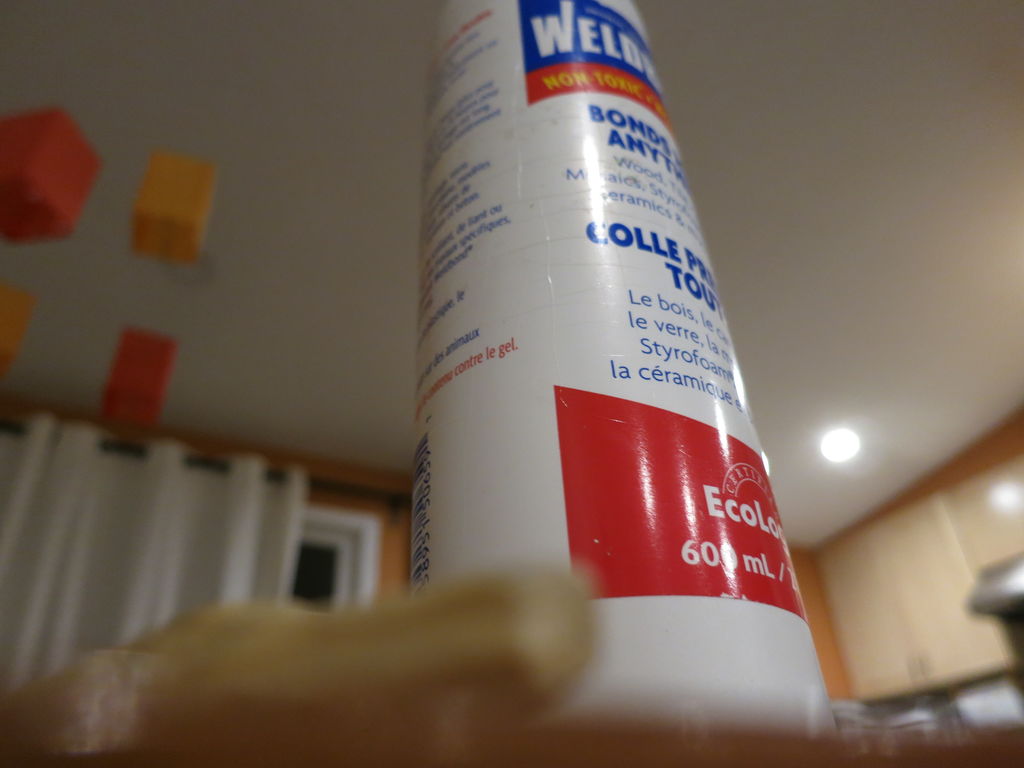
Be careful while carving it. All you have to do is whittle the tip into a point (dull or sharp).
To reinforce the tip, you can coat it with whatever you think would help keep the tip from dulling (such as wax and glue).
You could also thread a screw with a sharp tip into it (as shown in the last step).
Step 7: Making the Notch
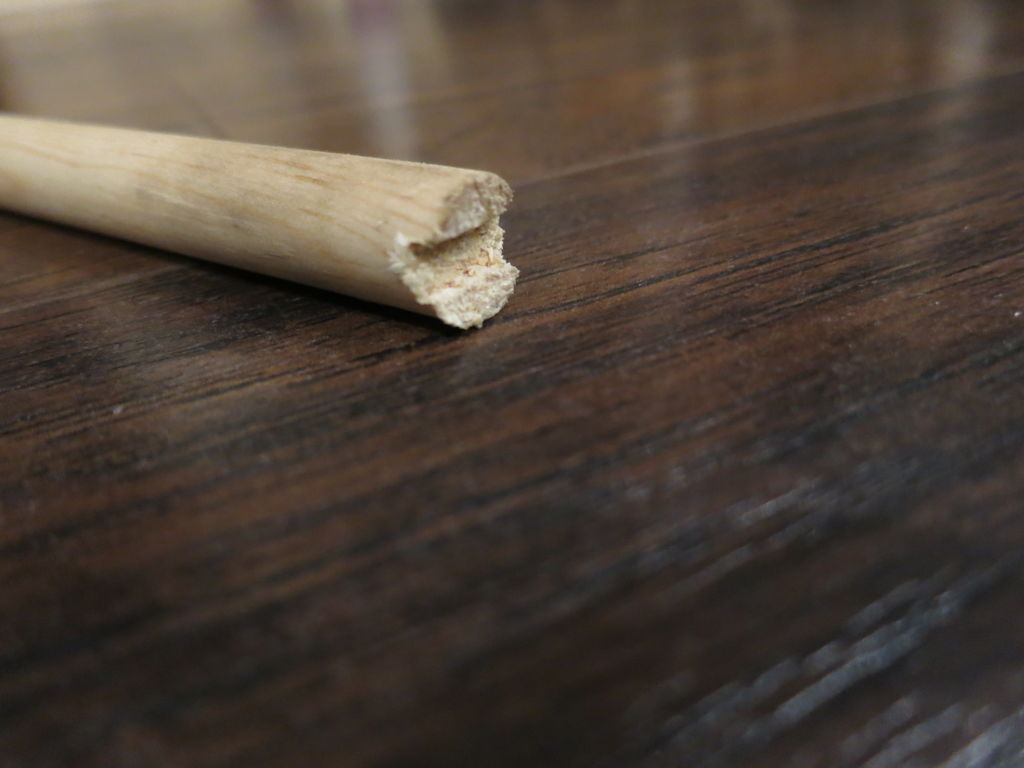
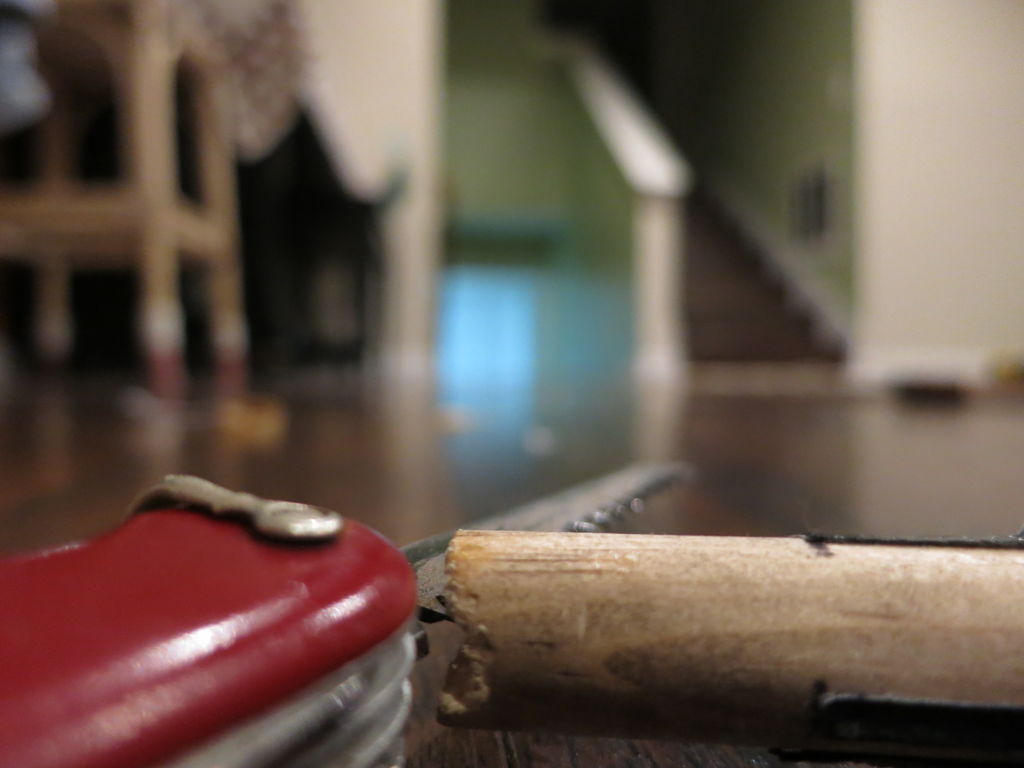
Step 8: Making the Fletching
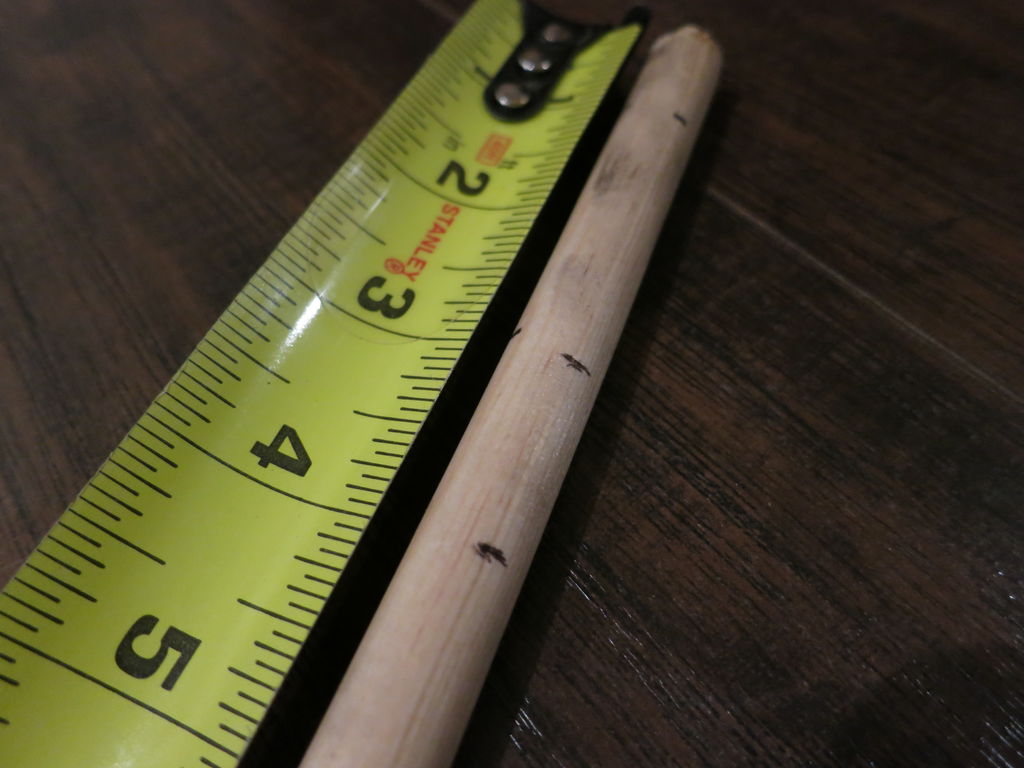
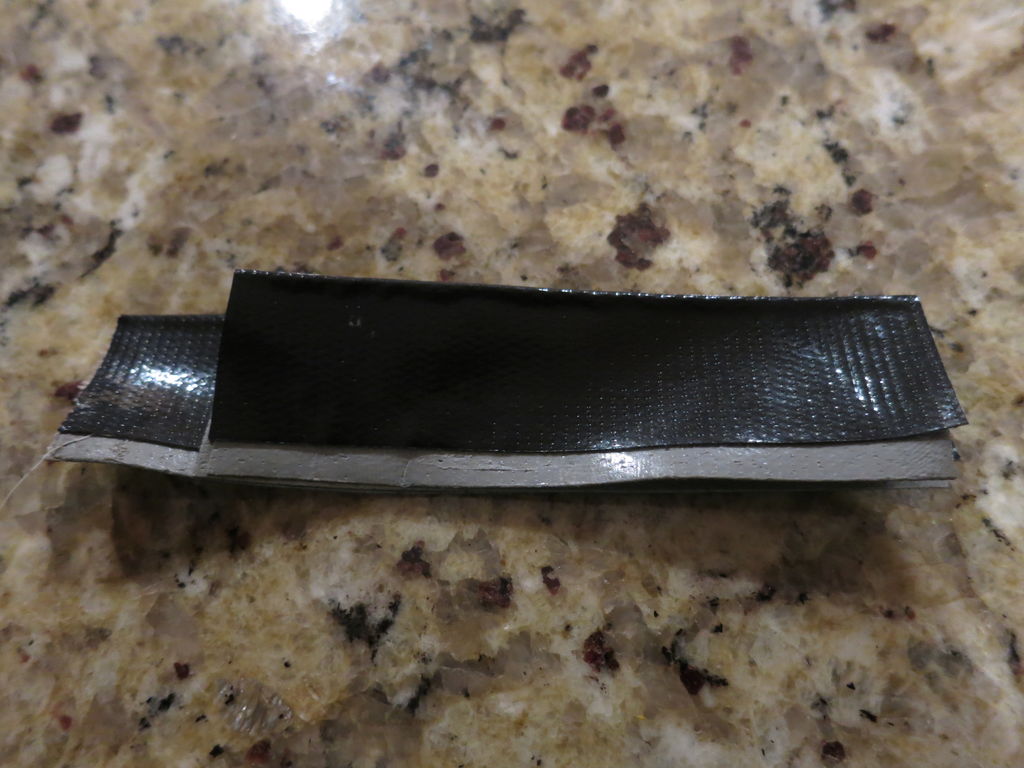
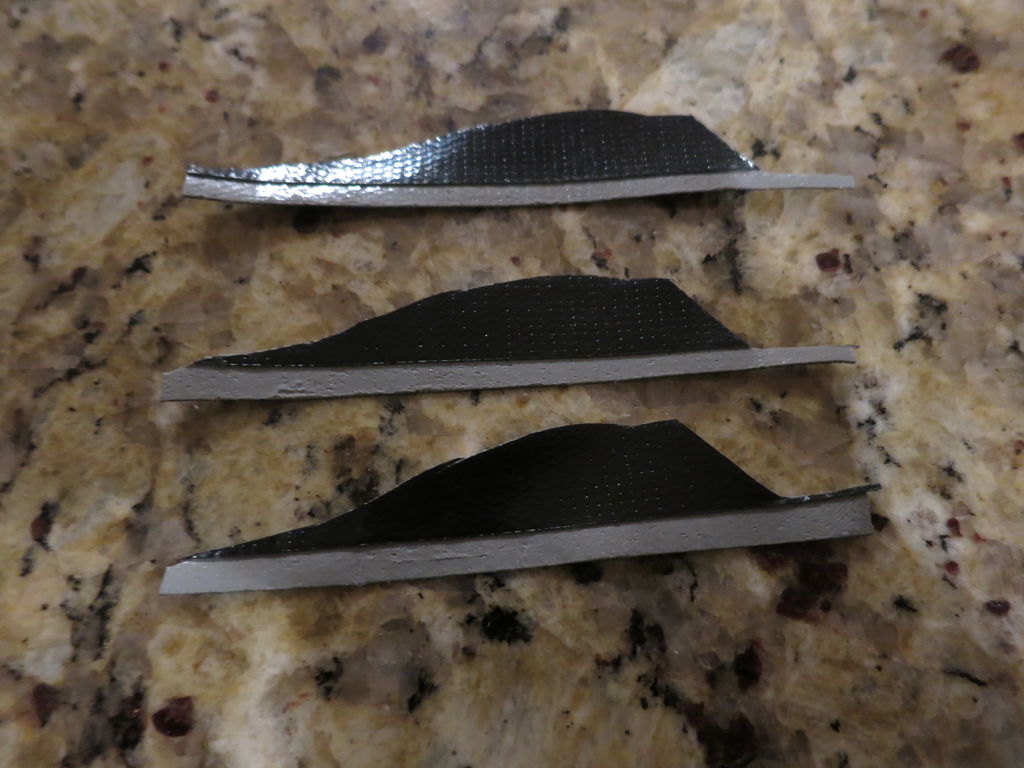
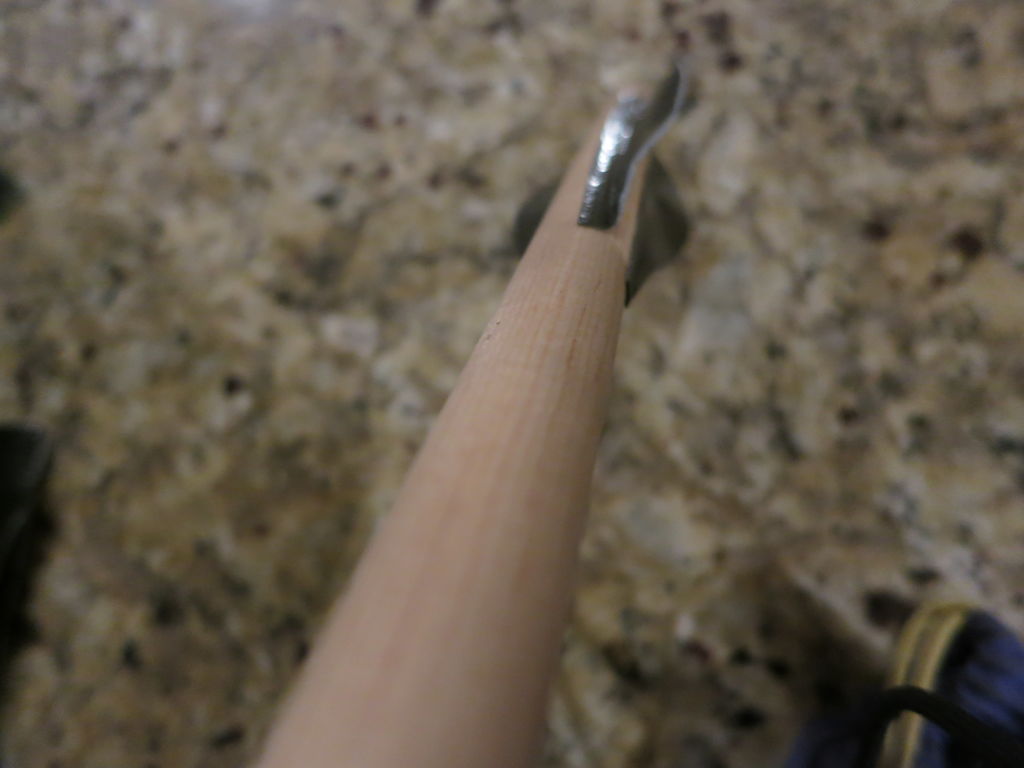
- Mark your arrow 1″ to 2″ from the end with a notch.
- Take three pieces of duct tape (the length of the markings) and fold them over with a little bit of the sticky side showing.
- Stack them on top of each other as neatly as possible.
- Cut them into a fletching shape.
- Stick the sticky ends onto the marked spot and fold them to that the flap and the fletching are about 90 degrees. (be neat about the placement of the fletching)
- You should tie the fletching down on the ends to make the fletching more secure.
Step 9: Shooting Your Bow
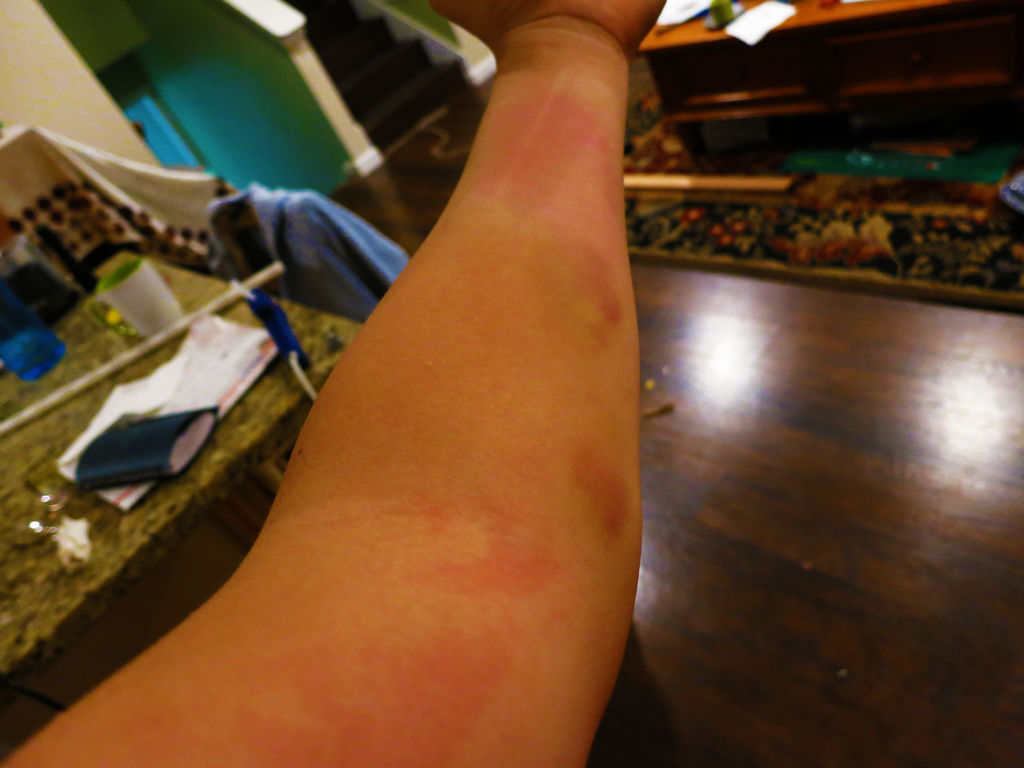
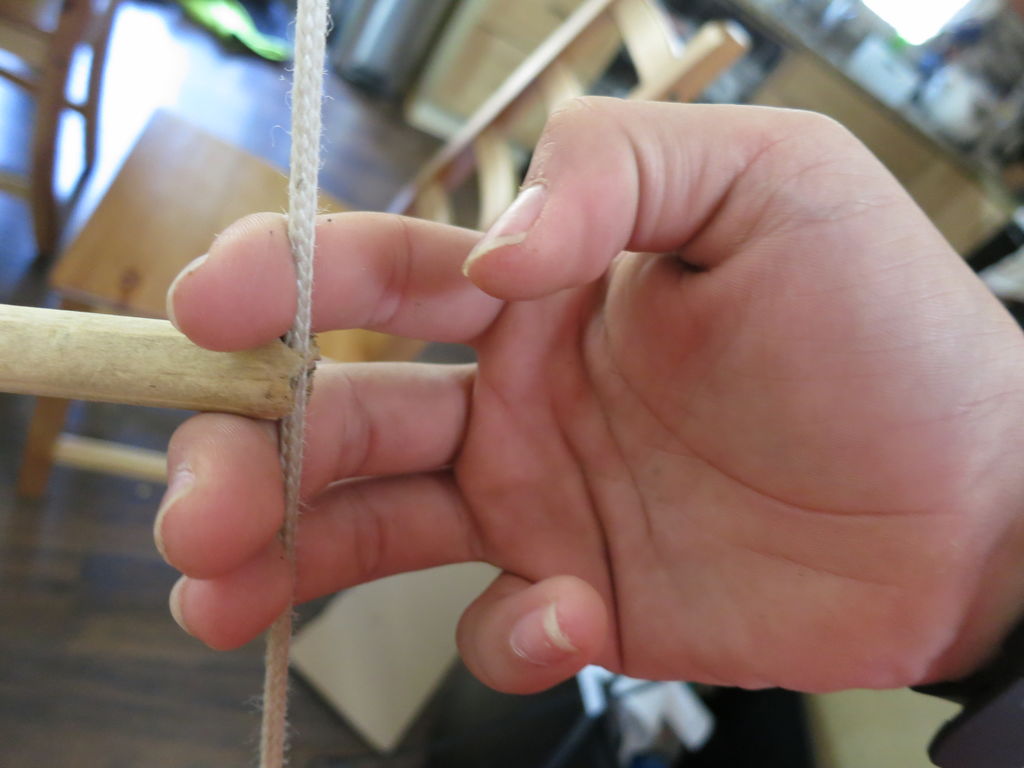
To avoid injuring yourself, you might want to wear gloves, so irregular spots from the arrow won’t scrape you. While you’re at it, get a jacket that covers your arms. Believe me; it hurts when the bow string rubs against your forearm. Even a jacket won’t completely prevent bruises, but it’ll help.
- Hold the bow in your non-dominant hand. Hold it a bit under the line you marked earlier.
- Place the notch of the arrow on the string and align the arrow with the line. Rest the front of the arrow on your hand.
- Hold the arrow in place using your forefinger on top with your middle and ring fingers on the bottom.
- Get into a good stance: Feet shoulder width apart, facing 90° clockwise from the target
- Hold the bow out vertically and point it toward the target, make sure your arm is fully extended
- Pull the arrow back to your cheek
- Aim.
- Release the arrow.
Step 10: Questions
When curving my bow, what is considered a good curve?
You can make the curve as large as you like. The more curve you have, the farther the arrow will go. But remember, the bow will also be harder to draw back the more you curve it.
Why is my bow really weak?
If your bow is less than 10 feet long or some ridiculous amount and your string isn’t flexible, improvements can be made. Check out the next step.
Why doesn’t the arrow fly straight?
It could be because of the way you are shooting it, make sure the arrow is perpendicular to the bow before you shoot it. It might also be because of the arrow itself. You can bend the fletching to make the arrow fly straighter.
What can be used as a substitute for PVC Pipe?
There are many things you can use, but not everything will work the same as PVC Pipe, so you’ll have to find a tutorial for those materials somewhere else. You can find a lot of ways to make survival bows with different materials on YouTube… if you can access it during the apocalypse…
Does it matter what size my bow is?
Yes, it does matter. This is similar to the question about the bow’s curve. The smaller the bow is, the more powerful it is, but it will be harder to pull.
Step 11: Improvements
If your bow isn’t good enough for you, you can improve it. These are just little things that can be added to your bow to make it better. You can make it fly farther, store things inside or just generally make it more useful. Here are some ways you can do it:
Improving the Bow’s Draw Weight (Make it Fly Farther)
You can add things like dowels or other long sticks into a PVC Pipe Bow to increase it’s draw weight. If you don’t have a PVC Pipe Bow, you can duct tape the things to the side.
Storage
You can put things like string, matches, a lighter, and other small things into a PVC Pipe Bow.
Melee Weapon
You can make the end sharp (by rubbing it against rocks) and poke things with it. You will have to do this before making the hole (for stringing the bow).
Make a Water Filter Wood removes 99.9% of bacteria in water. If you have some extra PVC pipe left over (like 3-4 inches), you can jam a debarked branch into it. Just make sure water doesn’t leak from around the wood. Although it removes a lot of bacteria, it doesn’t remove many viruses because they are smaller and can pass through the tubes or the wood easily. So unless you’re desperate, boil the water afterward if you can. You might also want to clean the PVC pipe too, before cleaning any water. To see where I read this and get more information about the concept, click here.
Bow Quiver
To store arrows, slip them into the top and bottom of the bow.
Silencer
When drawing back an arrow, you sometimes hear a raspy sound. You can put duct tape where you draw your arrow to make it quieter.
Fishing Rod
If you unstring one end of your bow, you can attach a hook and use it as a fishing rod. You could keep hooks inside the bow.
We’re grateful to JosephL63 for the use of this article which was origionally posted Here.
If you have any comments then please drop us a message on our Outdoor Revival facebook page
If you see a good product or have a blog you would like to share let us know about it on our FB page, we’re also happy for article and review submissions , we’d love to hear from you.
Outdoor Revival – Reconnecting us all to the Outdoors





